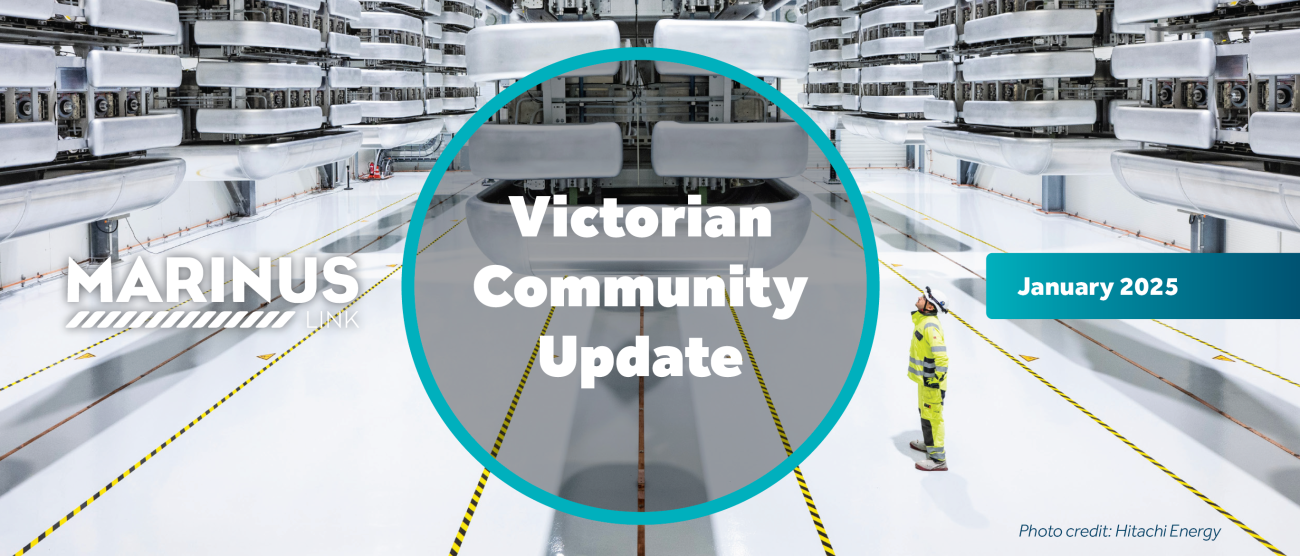
Welcome to Marinus Link’s first Victorian Community Update for 2025.
We are pleased to share key project updates, our work in the community and our recently launched community grants and sponsorship program.
We would like to thank all our landholders and community stakeholders for their valuable input to Marinus Link throughout 2024 and look forward to further developing the project with you this year.

Energy security in Victoria
The way we power Victoria is changing. For many years, burning coal made much of the electricity we use to light homes, boil kettles, and power industries. Now and into the future, different energy sources, like the sun and wind, will power the state.
While the sun and wind are renewable and make zero-emissions electricity, they can’t generate power non-stop. Something must fill the gaps when the wind isn’t blowing, and the sun isn’t shining in Victoria. That’s where Marinus Link comes in.
Marinus Link connects Victoria’s solar and wind resources with Tasmania’s vast hydropower system. Hydropower can make electricity on demand.
With Marinus Link in place, Tasmania and Victoria can trade more electricity. Sharing the strengths of each power system creating a strong synergy that benefits both states.
An improved connection to Tasmania’s hydropower system will be key for energy security in Victoria, as coal power retires.
Project updates
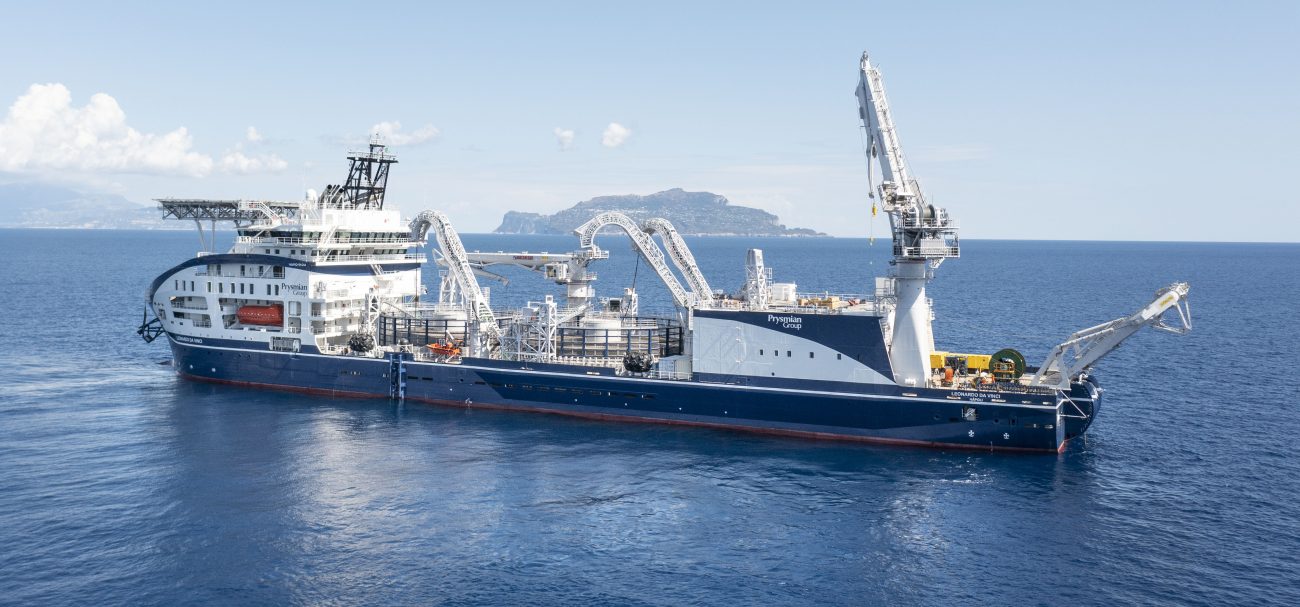
Cable and converter equipment procured
Converters
Marinus Link Pty Ltd (MLPL) has selected Hitachi Energy to supply technical equipment for the project’s converter stations in Tasmania and Victoria.
Hitachi’s high voltage direct current (HVDC) Light® voltage source converter stations will be constructed at each end of Marinus Link. They will convert alternating current (AC) to direct current (DC) for efficient, long-distance transmission and DC to AC to be transmitted through the grid.
The Victorian converter station will be located on Tramway Road, neighbouring the current Hazelwood Terminal Station in the Latrobe Valley.
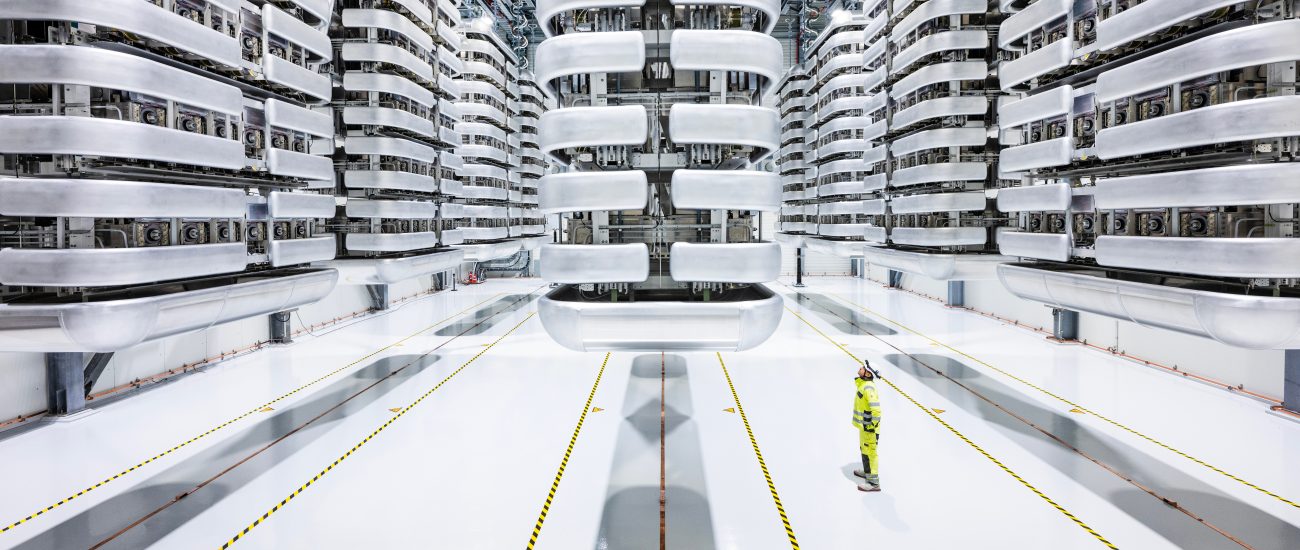
Cables
MLPL has also executed a major contract with Prysmian to supply the project’s HVDC cables.
The contract ensures the design, manufacture, supply and installation for Stage 1, a 750 megawatt HVDC cable system.
Prysmian is the largest cable manufacturer in the world, with proven expertise in delivering projects like Marinus Link.
During Marinus Link’s construction phase, Prysmian’s cabling vessel will gently lower the cable onto the seafloor along the cable route. Once on the seafloor, the cables will need to be protected from anchors and fishing activities. To protect the cables, they will be buried in the sandy seabed up to depths of 1.5 metres using a subsea jet trencher.
Marinus Link’s cables span 345 kilometres (km). This includes 255 km of undersea cables across Bass Strait and 90 km of underground cables in Gippsland.
Easement and Lease Option Deeds presented to landholders
We have commenced presenting Easement and Lease Option Deeds to Victorian landholders directly impacted by the Marinus Link project.
This work follows the completion of valuations undertaken by independent property valuers, in accordance with the Land Acquisition Compensation Act 1986 (Vic).
These valuations ensure landholders are fully and fairly compensated for any loss in the market value of their land, as well as other impacts and disturbance caused by the project.
If the Option Deed is accepted and signed by a landholder, it grants MLPL the option to acquire an easement on the property, should the project be approved and delivered. It also includes a lease agreement for the land required for access and construction activities over a 5 year period, plus one year for rehabilitation of that land.
The Option Deed also allows MLPL to access land for the purpose of undertaking any further survey work required prior to construction, in accordance with the Land Access Code of Practice (Vic).
Landholders will still own the land covered by the easement and the land can mostly continue to be used as it is currently, with some restrictions on certain activities due to the buried cables.
Our team remains committed to working closely with landholders to ensure clear communication and a fair outcome for everyone involved.
For further information, visit our marinuslink.com.au/digital-library and view the Landholder Information Pack.
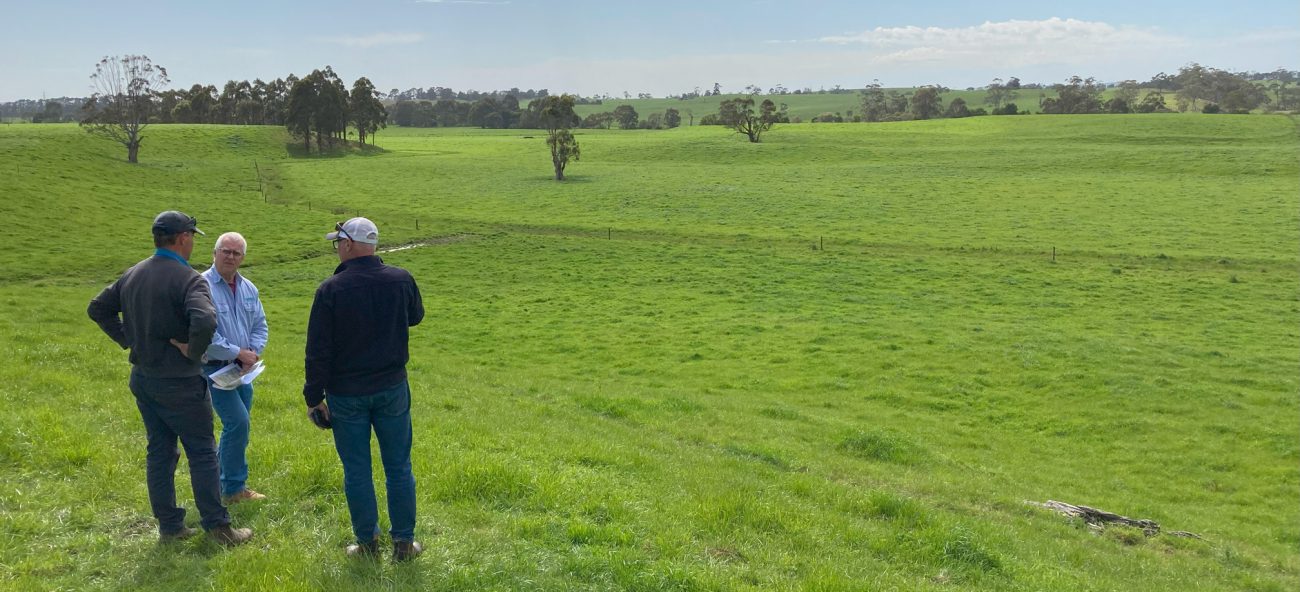
In the community
Gippsland New Energy Conference 2024
After a week of wild winds and rain in September, the sun came out for the Gippsland New Energy Conference (GNEC), held at the Gippsland Performing Arts Centre in Traralgon.
Over the two days, our team connected with new and familiar faces across industry, community and local councils. A highlight was Mark and Jonathan’s presentation on how Tasmania’s hydropower system, enabled by Marinus Link, will play a vital role in Victoria’s energy future.
As always, our team left GNEC inspired by a region united in their efforts to build a new, sustainable economic future, through renewable energy.
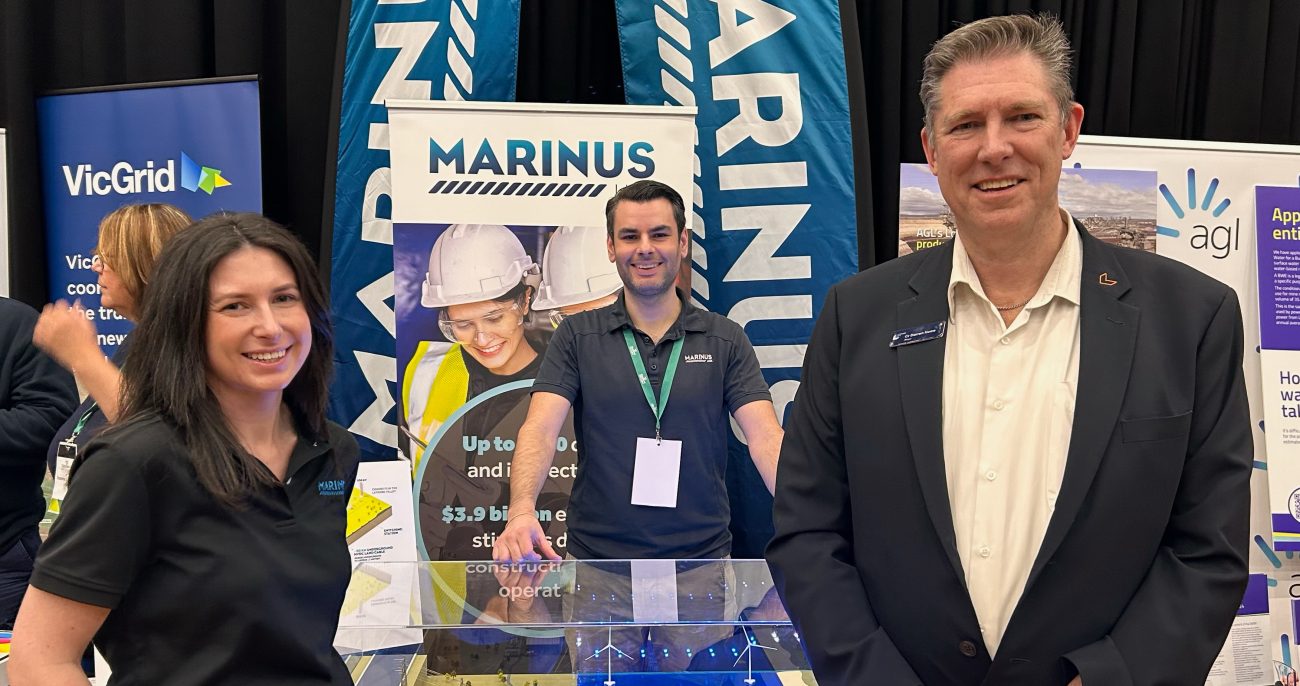
Did you know?
13,500 gigalitres of water flow through Tasmania’s hydropower system each year, making Hydro Tasmania the largest water manager in Australia. That volume equals Sydney Harbour over 27 times, every year.
Connecting local students to careers in new energy
Creating opportunities for young people is an essential part of the planning towards Gippsland’s new energy future.
Over recent months, the team has been connecting with students and community members across Gippsland at various job and career expos.
Many of the students we’ve spoken to are passionate about the environment and want to stay local to support Gippsland’s new energy sector. With this much passion for doing something meaningful, we hope they can work on Marinus Link one day!
We want to thank TAFE Gippsland, Federation University, Baw Baw Latrobe Local Learning & Employment Network and South Gippsland Bass Coast Local Learning & Employment Network for hosting these important events.
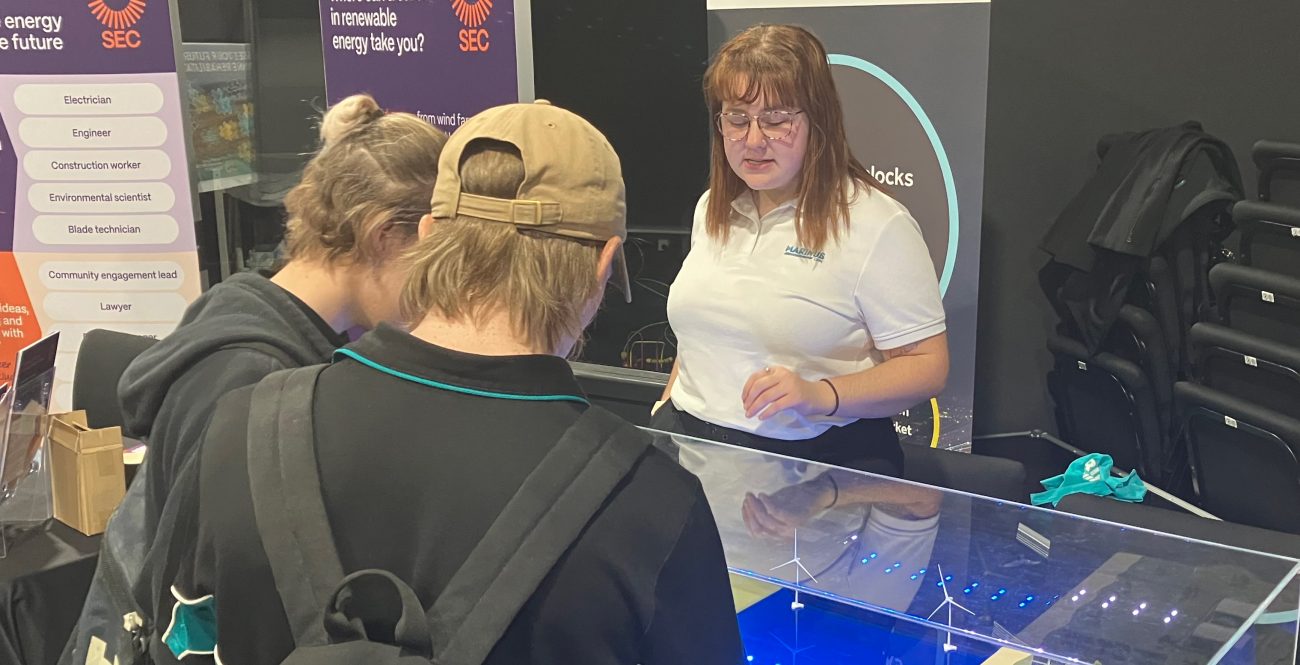
Community Grants and Sponsorship Program launched
Marinus Link has the opportunity to create positive change in the community. Through our grants, partnerships and sponsorships, we’re investing in communities along the proposed project route in Victoria. This includes communities in the South Gippsland Shire and Latrobe City local government areas. Applications are open to registered, not-for-profit organisations.
Community Grants Program
Our Community Grants Program supports not-for-profit community initiatives or projects that align with Marinus Link’s Sustainability Framework. For information on eligibility and how to apply, visit: marinuslink.com.au/community-grants-program
Sponsorship Program
Our Sponsorship Program aids organisations, events and activities. For information on eligibility and how to apply, visit: marinuslink.com.au/sponsorship-program
Bursting with pride
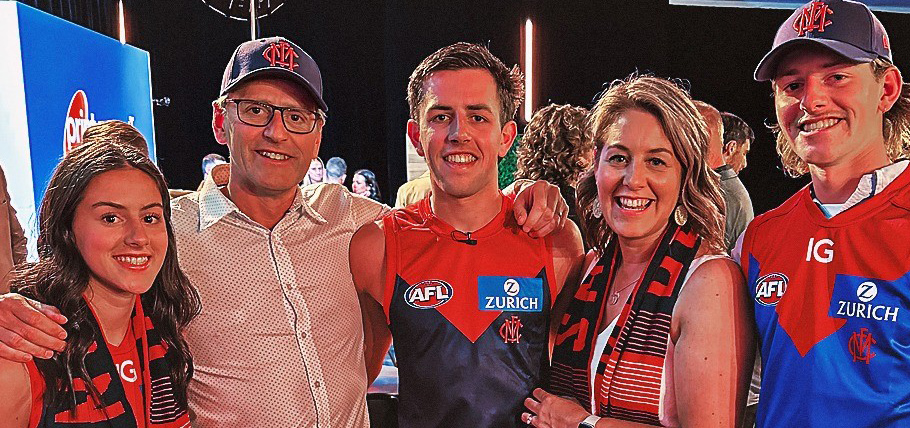
Marinus Link’s Mark Lindsay is beaming with pride as his son, Xavier, was chosen by Melbourne Football Club at pick 11 in the 2024 AFL Draft.
Xavier, a standout player for Gippsland Power, played all his junior football at Inverloch Kongwak and Leongatha. The Dees describe him as a “versatile midfielder, with neat ball use and the ability to play across all areas of the ground.”
Other stellar Gippsland footballers drafted this year include Alix Tauru, Ricky Mentha and Asher Eastham.
Surveying Gippsland
Over recent months, we have been conducting several surveys across the Gippsland region. These surveys help us understand the ground conditions and marine environment, which will assist the project’s design and planning.
Marine environment
Magnetometer
This survey investigates magnetic fields and locates any ferrous (iron-containing) objects in the area, such as anchors. It involves a small, crewed work vessel (boat) towing survey equipment.
Benthic
These surveys are undertaken to determine if proposed marine works will have an impact on marine species and how to best mitigate, reduce or remove those impacts. It involves a small crewed boat and remotely operated vehicle, taking images of the seafloor and marine life using cameras.
Land and shore crossing
Geotechnical
Geotechnical surveys look at soil properties, groundwater and other geological conditions.
The site involves an exclusion zone around the equipment, which will include vehicles, light trucks and a drilling rig.
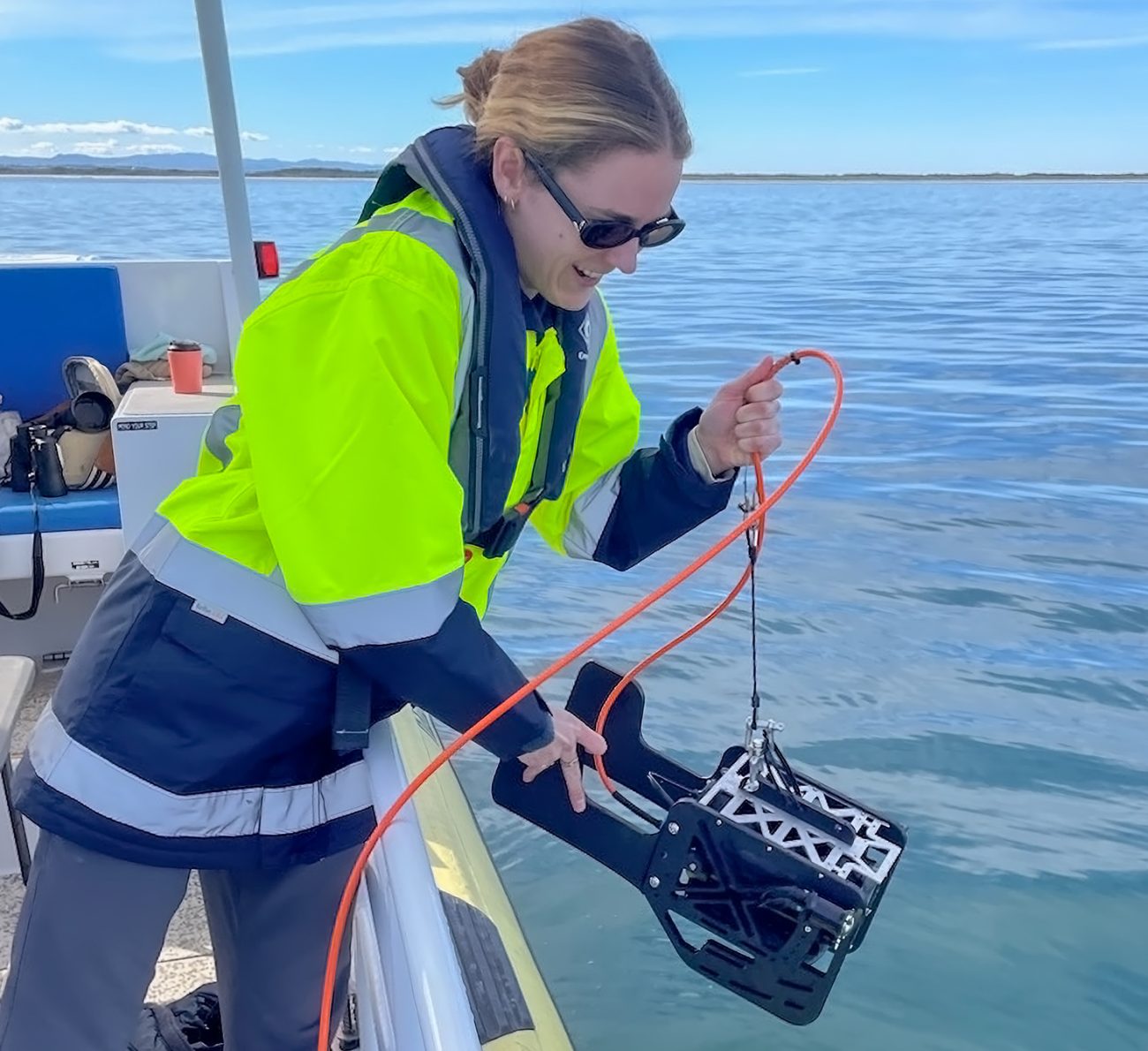
Answering your questions
We hope to answer some of your frequently asked questions here. If your question isn’t answered, please contact our team. Our contact details are found below.
What job opportunities will be available through Marinus Link?
Marinus Link is estimated to create up to 3300 direct and indirect jobs and approximately $3.9 billion in economic stimulus for Tasmania and Victoria.
A range of roles will become available with Marinus Link and our contractors before, during, and after construction, which is expected to commence in 2026, subject to approvals.
Marinus Link has produced a Jobs Guide, which provides a sample range of jobs that may be available on our project. Our Jobs Guide can be viewed on our website at marinuslink.com.au/careers.
Design and Approvals
Marinus Link is currently in its Design and Approvals phase. We are undertaking various economic, environmental, technical, and engagement activities, using a mix of direct project employment and external contract support.
Construction
Once approved, Marinus Link will move into project construction. During this phase, we will see the largest number of job opportunities available on the project.
Service Operation
Once commissioned, Marinus Link will be in Service Operation. An ongoing workforce will be required over the lifetime of the assets, expected to be up to 40 years.
Where will the cables be located in Victoria?
From Heybridge, Tasmania, Marinus Link’s cables will cross Bass Strait, buried in the seabed. The cables will then cross the shore at Waratah Bay, about 3 km west of Sandy Point, and run underground north through South Gippsland, into Hazelwood in the Latrobe Valley.
When will Marinus Link be constructed?
Construction of Stage 1 is expected to commence in 2026 and be completed by 2030.